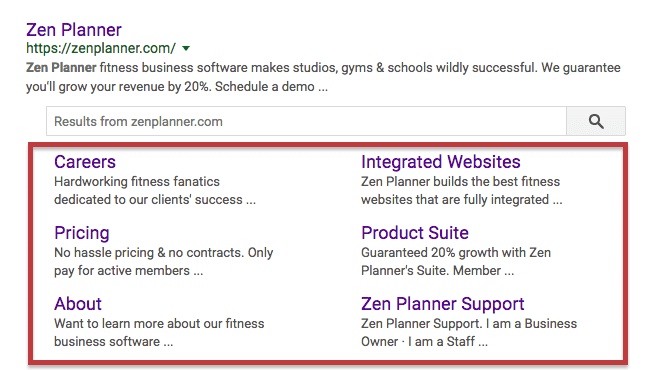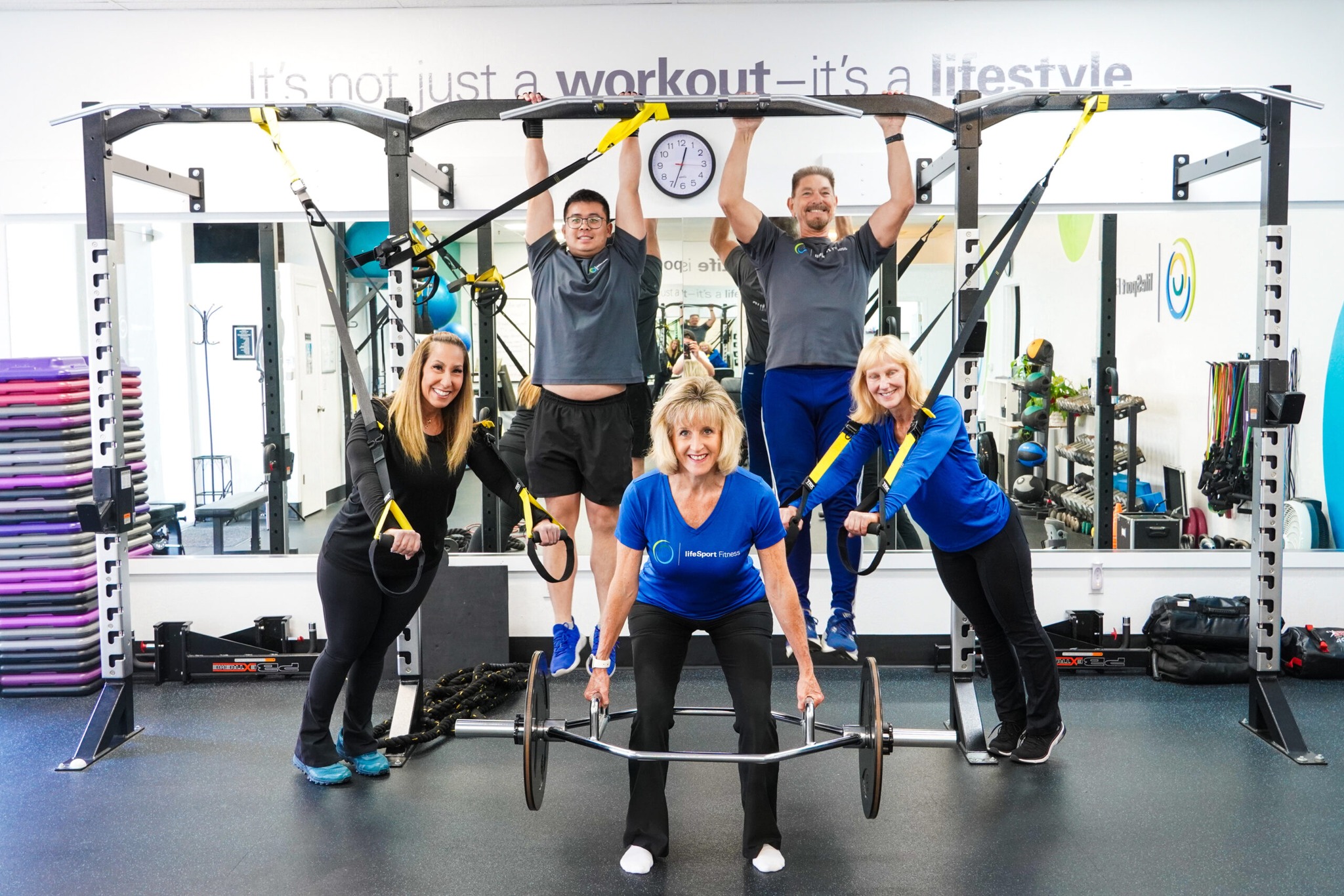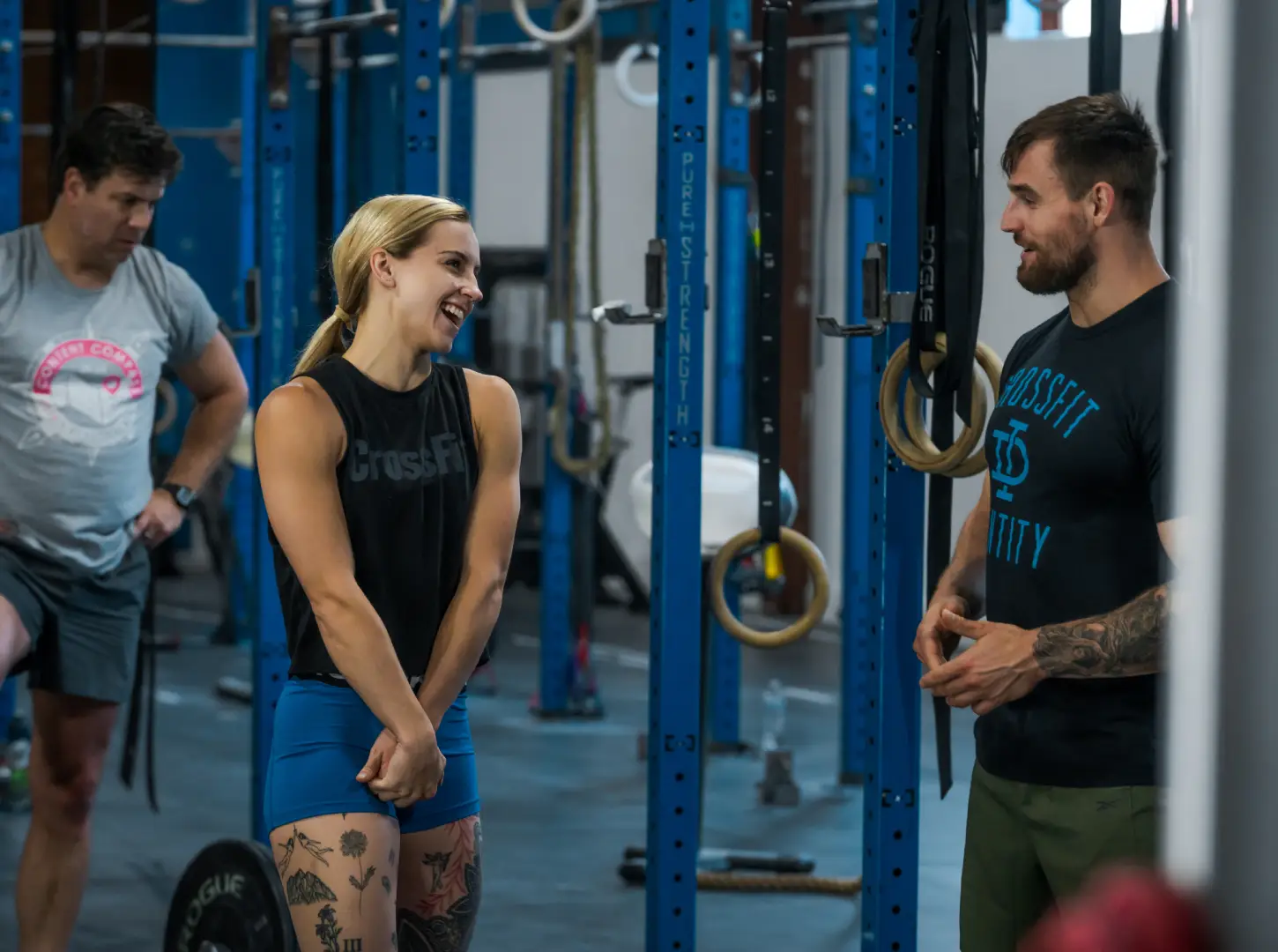SEO Tips for Fitness Businesses: How Does Your Site Look in the Search Results?


If you have a website (which as a small business owner, you totally should!), you’re probably familiar with the acronym SEO. SEO stands for search engine optimization, and in short, consists of making improvements on and off your website to help improve its ranking within the search engine results. If you’re interested in learning more about SEO, why it’s important and how to develop your own SEO strategy, get your copy of our helpful eBook, SEO for Fitness Business Owners.
Since SEO can be a bit of a mystery, we’re going to cover some simple ways you can analyze the effectiveness of your SEO strategy by seeing how your website appears in the search results.
To start, go to Google and type in the name of your business. What shows up on the search engine results page? Ideally your business should show up in the first position when searching for its name. If not, make sure your business name is clearly stated throughout your site.
Analyze Your Title Tag
If your website is showing up in the first position, analyze how it looks on the results page. The webpage’s title tag is what shows up in blue at the top of your listing. Does this title tag make sense? Does it clearly state your business name, the city you’re located in and the type of business you operate? For example, if John owns a martial arts school named Traditions Academy in Boston, a great title tag for his homepage would be, Traditions Academy: Martial Arts School in Boston, MA. Follow these tips when writing your title tag:
- Keep the tag under 55 characters. Anything longer will get cut off in the search results.
- Avoid having the name of the page as your title tag. All to common I see businesses that have the word homepage in the title. This does nothing to help your website or searchers looking for businesses like yours.
- Do not forget to add the name of your city or town. Local SEO key for small businesses like yours.
Check for Broken Links
The next thing to look at are the additional links that show up below your main listing. For Zen Planner’s website, we have several links to additional pages that popup beneath our homepage listing.

While you can’t control what, if anything, pops up here, it’s a good opportunity to see which pages are being exposed to searchers looking for your business. Analyze these links, and ask yourself:
- Do all of these pages work? Sometimes Google will pull in broken links. If you click on a link and it’s broken, work with your website developer to setup a redirect so searchers don’t arrive to your site on a broken page.
- Do any of these pages need improvement? If Google is pulling in a page that you haven’t updated in a while, it’s worthwhile to hop into that page to make copy and image updates to help improve user experience.
Make Sure You Have Local Listings
After you’ve double checked that everything showing up for your actual website looks good, scroll down on the search results page to see what else is popping up when someone searches for your business’ name. Ideally, the following websites for your business will be on the first page:
- Facebook page
- Yelp listing
- Google My Business listing (on the right hand side of the results)
- Instagram account
Having optimized listings on these sites for your business is important because:
- This gives you more real estate in the search engine results. If the websites above don’t pop up for your business, there’s a good chance your competitors are appearing on the first page instead.
- These websites can help prospective members who are researching your business. Having active, optimized listings on social and review websites can help people make a decision about whether or not to give your business a try.
- These websites offer valuable links back to your website. Linking is a key component of SEO, and a fairly tough task. Try get as many links from these types of sites as possible.
Next week we’ll cover additional ways you can check the SEO health of your website, and make simple improvements to help its ranking. In the meantime, if you’re interested in learning more about the metrics you should be tracking to monitor the performance of your site, get your free copy of our guide, Website Metrics that Matter: Your Guide to Monitoring the Health of Your Site.

I’m Coach Kelli, a devoted CrossFit gym owner with 15 years of experience managing my facility, along with owning yoga studios and wellness centers. Beyond the fitness world, I have a passion for cooking, cherish moments with my children and family, and find joy in spending time outside. Having experienced the highs and lows, I’m dedicated to leveraging my expertise to help you grow and succeed on your fitness journey.

I’m Coach Kelli, a devoted CrossFit gym owner with 15 years of experience managing my facility, along with owning yoga studios and wellness centers. Beyond the fitness world, I have a passion for cooking, cherish moments with my children and family, and find joy in spending time outside. Having experienced the highs and lows, I’m dedicated to leveraging my expertise to help you grow and succeed on your fitness journey.








